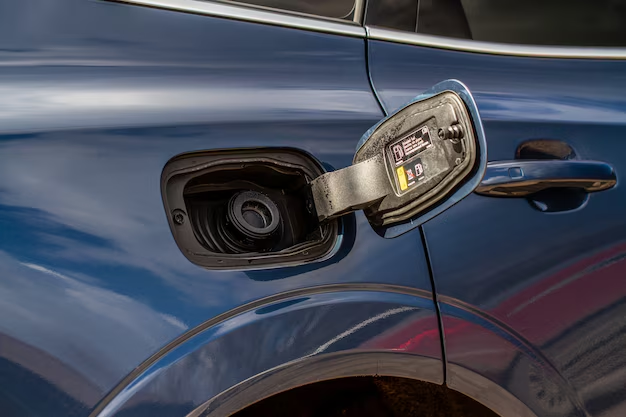It’s incredibly frustrating when you’ve just had your oil changed, only to have the mechanic inform you of another problem with your car. Seeing the check engine light illuminate shortly after an oil change signals a new issue that needs your attention. Fortunately, I’m well-versed in the common problems that can arise post-oil change, and I’m here to guide you through fixing them.
What Causes the Check Engine Light to Activate After an Oil Change?
Let’s paint the picture, as I’ve experienced this scenario more times than I’d like. I’m sure you can relate. You take your car to your trusted mechanic for an oil change. You hand over payment to a friendly staff member and maybe grab a quick bite from a nearby food stall while you wait.
You settle in the waiting area, browsing your phone to pass the time. Before long, the mechanic signals that the job is complete. You inspect your vehicle, hop back in, and drive off. But a day or two later, the check engine light flickers on, presenting a fresh problem to tackle.
So, why does the check engine light appear after an oil change? Did the mechanic make a mistake? Are they trying to lure you back to the shop for more repairs and fees? Or is there a legitimate issue with your vehicle?
In reality, several factors could trigger the check engine light after an oil change. I’ve encountered most of these issues myself and can shed light on them.
The Gas Cap Is Missing or Loose
Did the mechanic forget to secure the gas cap? It might sound trivial, but a missing or loose gas cap can indeed cause the check engine light to come on. Ensuring the gas cap is properly in place is crucial to prevent dirt or debris from entering the fuel tank.
Contact the mechanic to check if they misplaced your gas cap. If it’s not at the shop, politely request a replacement, as it’s their error. If the cap is present but loose, simply tighten it yourself to resolve the issue.

Problems with the Airflow Sensors
Airflow sensors are designed to regulate the amount of air entering the engine, where it mixes with fuel for combustion. If the sensor malfunctions, it may fail to deliver the correct air volume, disrupting the air-fuel balance.
A faulty airflow sensor can cause your car to stall or shut off while idling due to an improper air-fuel mixture. Typically, these sensors need replacement annually, so it might be time for a new one.
Consider having your mechanic inspect and replace the airflow sensor if necessary.

No Oil in the Engine
A few years back, I faced a nightmare scenario. After a routine oil change, the mechanic drained the old oil but neglected to refill the engine with new oil. I discovered this while driving home when my car suddenly stopped. Thankfully, I was on a side road, not a highway, but it was still a major inconvenience.
If you notice your car shaking or making loud, high-pitched noises, head back to the mechanic immediately. An engine without oil can suffer severe damage in no time.
Catalytic Converter Failure
A failing catalytic converter is bad news, as it requires replacement, which can be costly. This component reduces harmful emissions by breaking down gases produced during combustion. If your car struggles to accelerate or feels sluggish, this could indicate a catalytic converter issue.
You’ll need to replace the catalytic converter to resolve the problem.
If the check engine light is due to a faulty catalytic converter, brace yourself for a hefty bill. Replacement costs typically range from $1,000 to $2,400, depending on the vehicle and labor charges.

Faulty Check Engine Light Sensors
Sometimes, the issue lies with the check engine light system itself. Faulty wiring or loose sensor connections can falsely trigger the light, even when your vehicle is running fine. If a sensor isn’t properly connected to the component it monitors, it may send an erroneous signal to the dashboard.
If you have access to diagnostic tools or know how to use an onboard diagnostic system, you can check for sensor issues yourself. A misaligned sensor is far preferable to a costly catalytic converter replacement.
Final Thoughts
The issues outlined above are the most frequent culprits behind a check engine light appearing after an oil change. Next time you visit your mechanic for an oil change, request a quick diagnostic check to identify any underlying problems with your vehicle.
Since you’re already at the shop, it’s a good opportunity to inquire about the cost of catalytic converters and their installation. Compare prices with other local mechanics to be prepared in case you need a replacement down the road.





